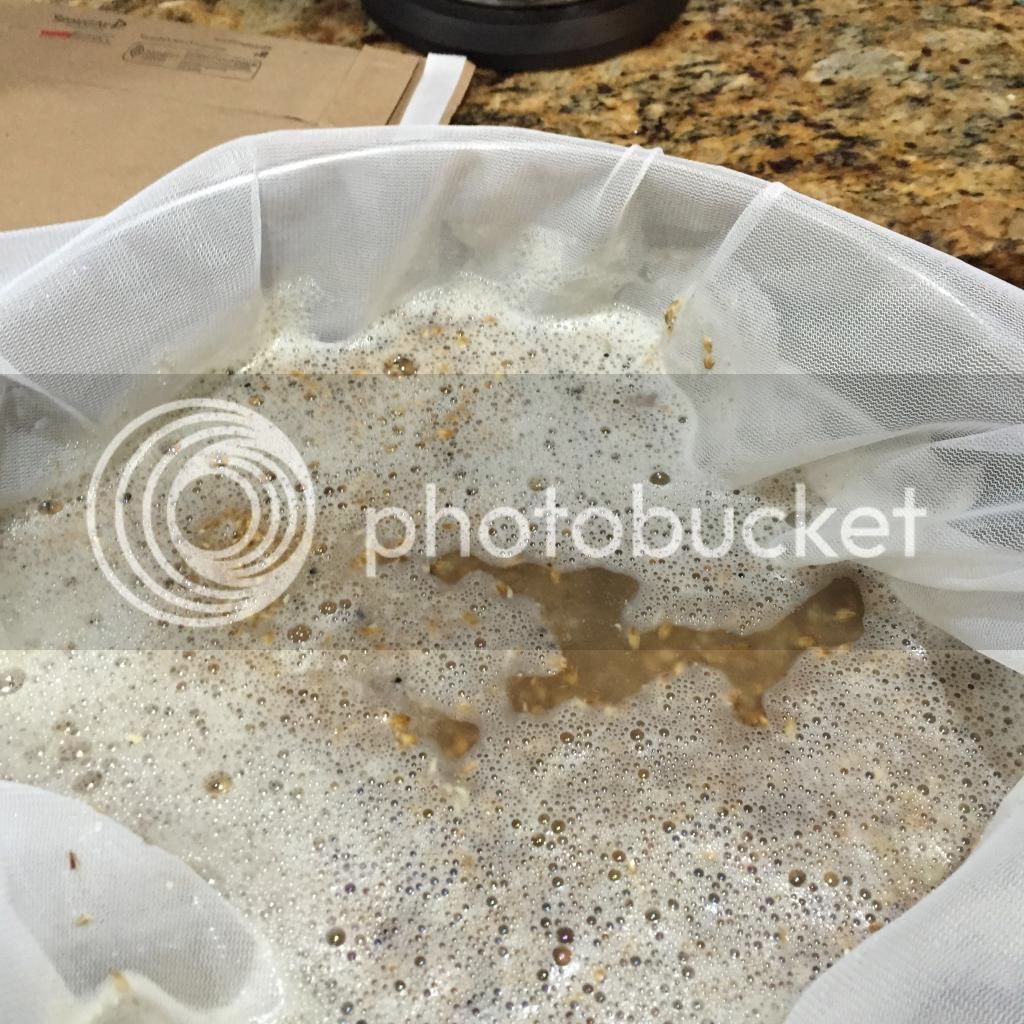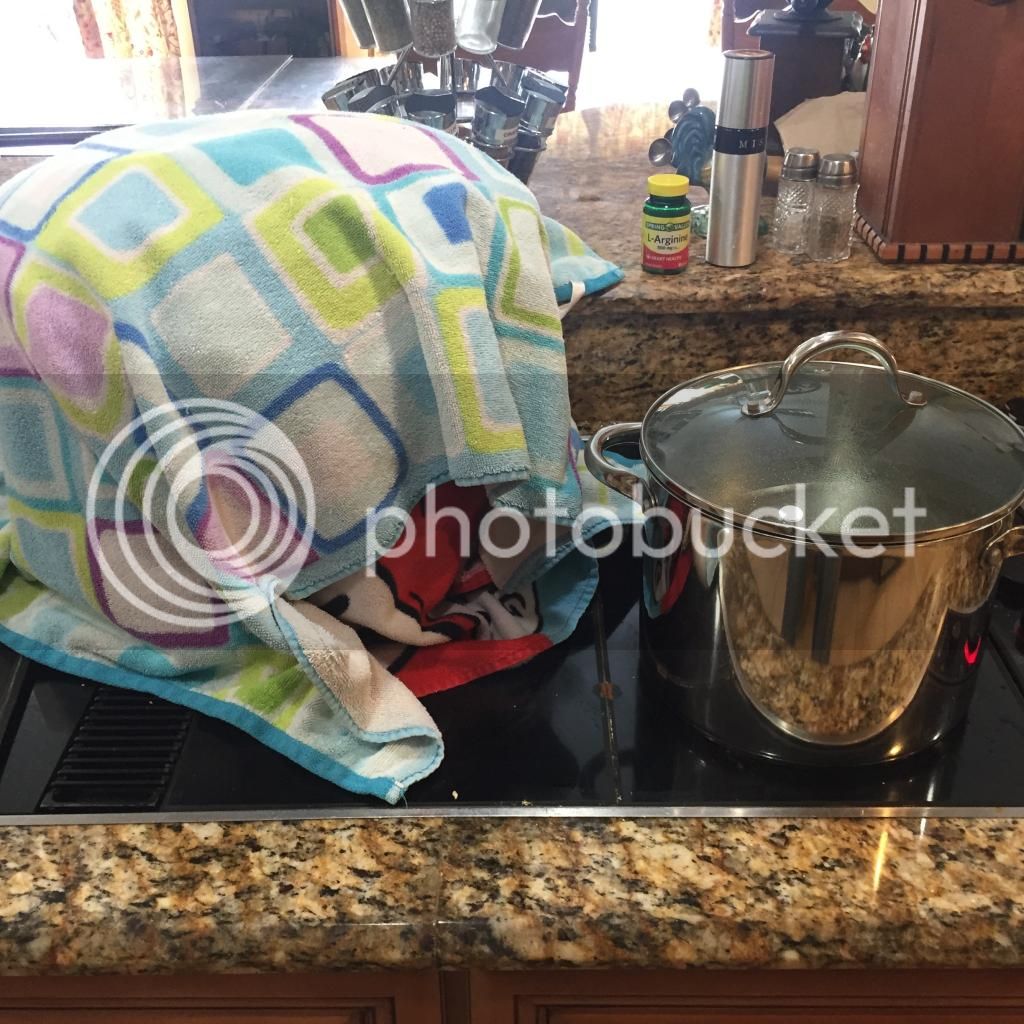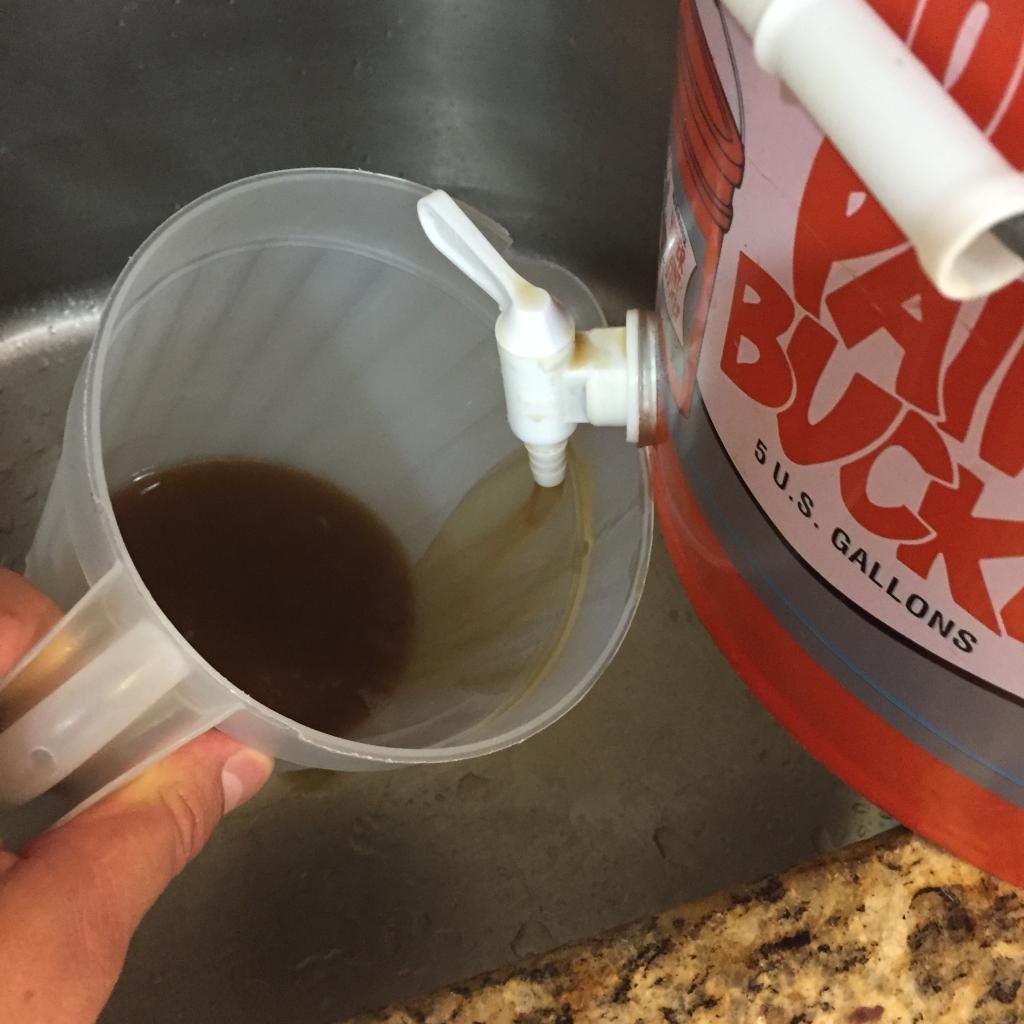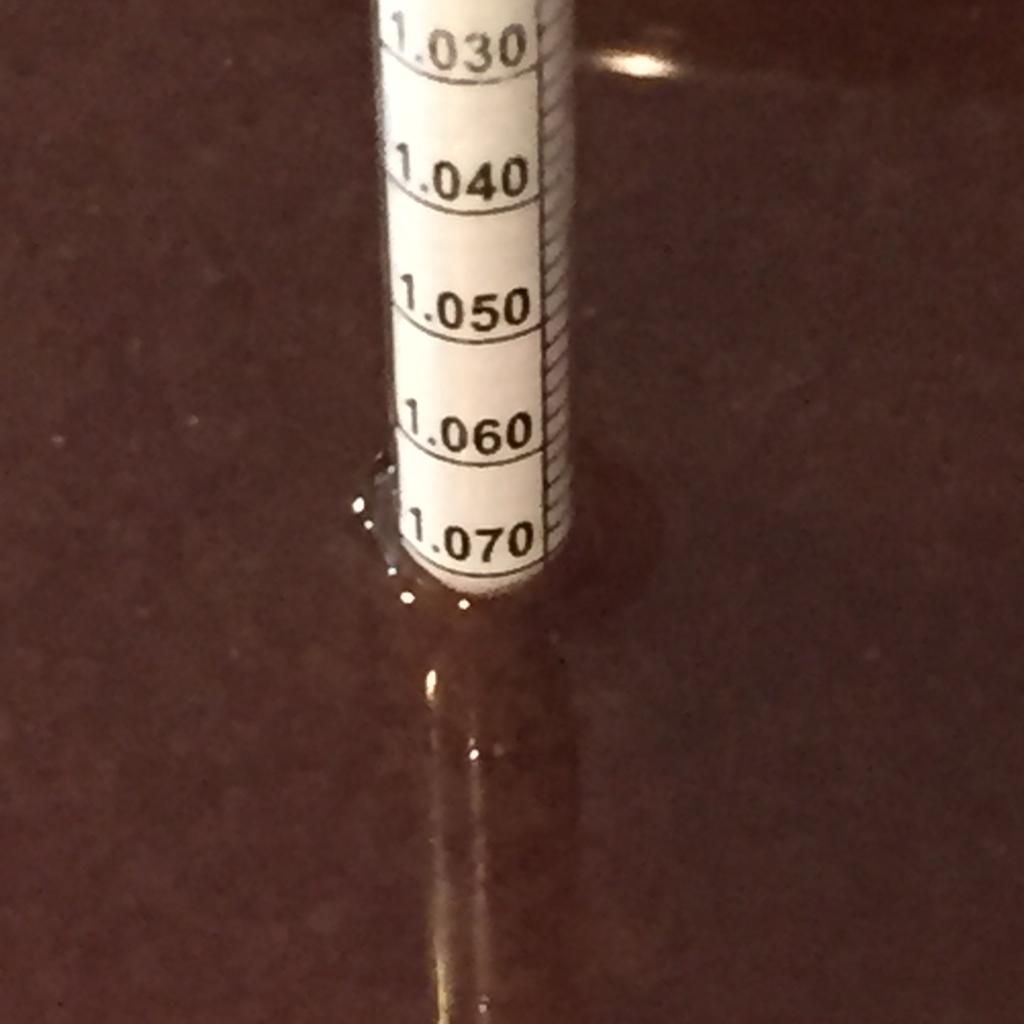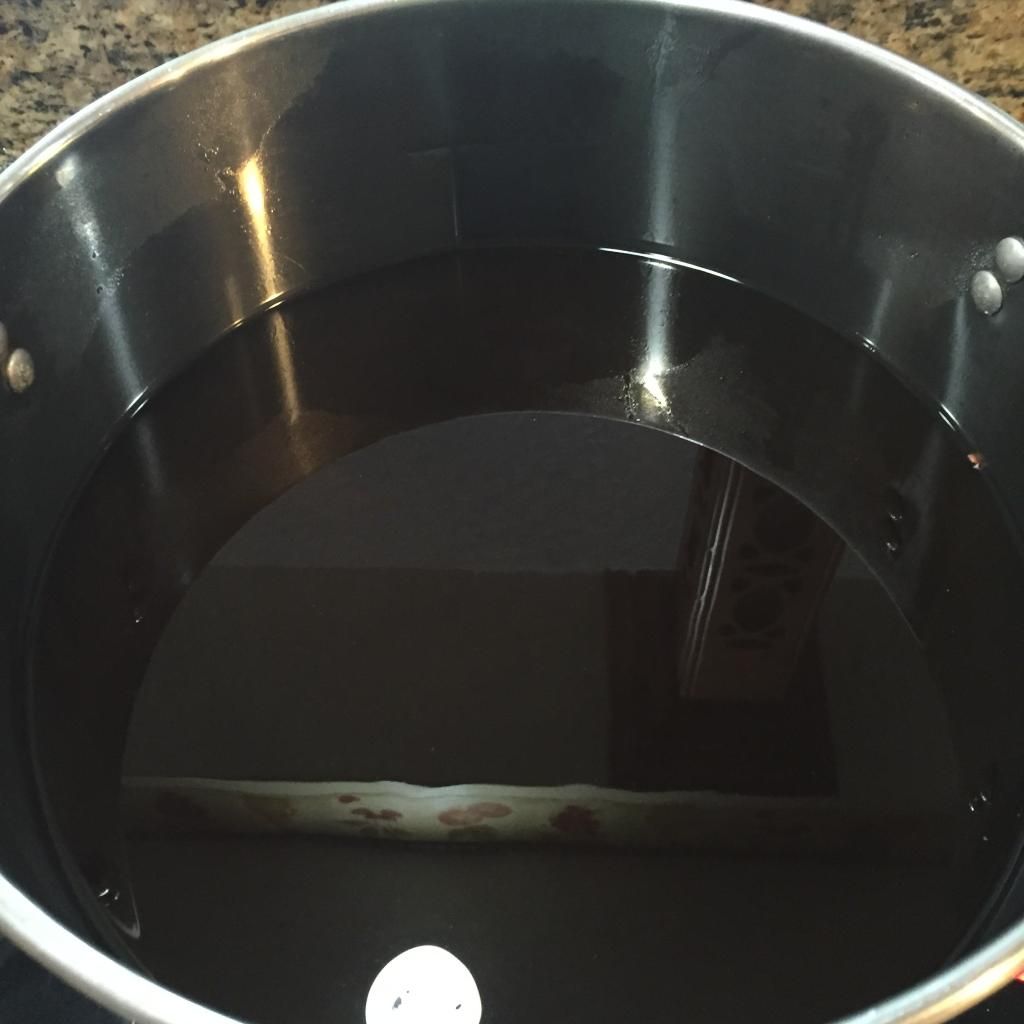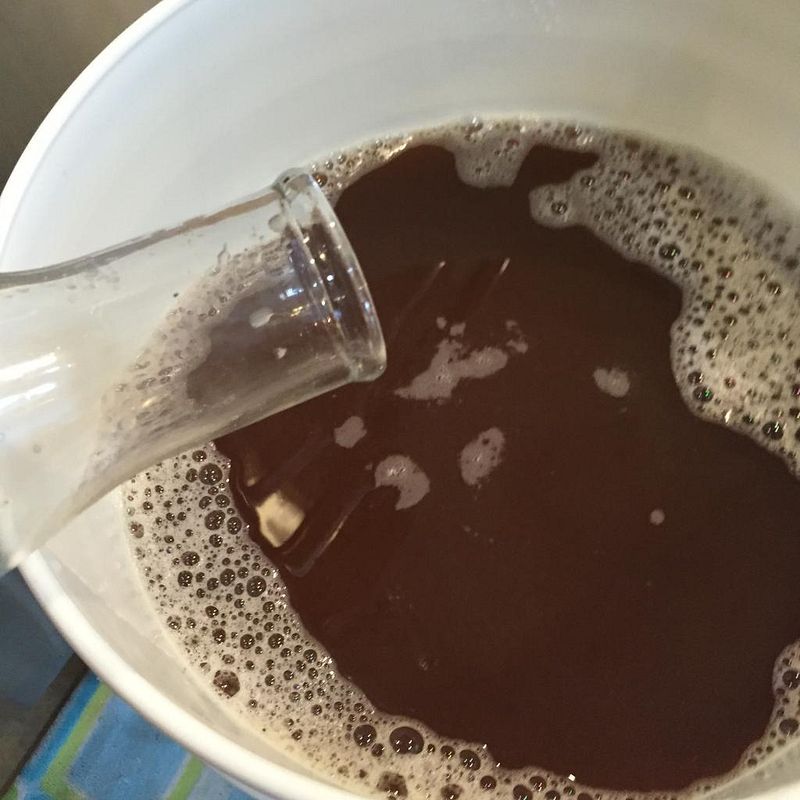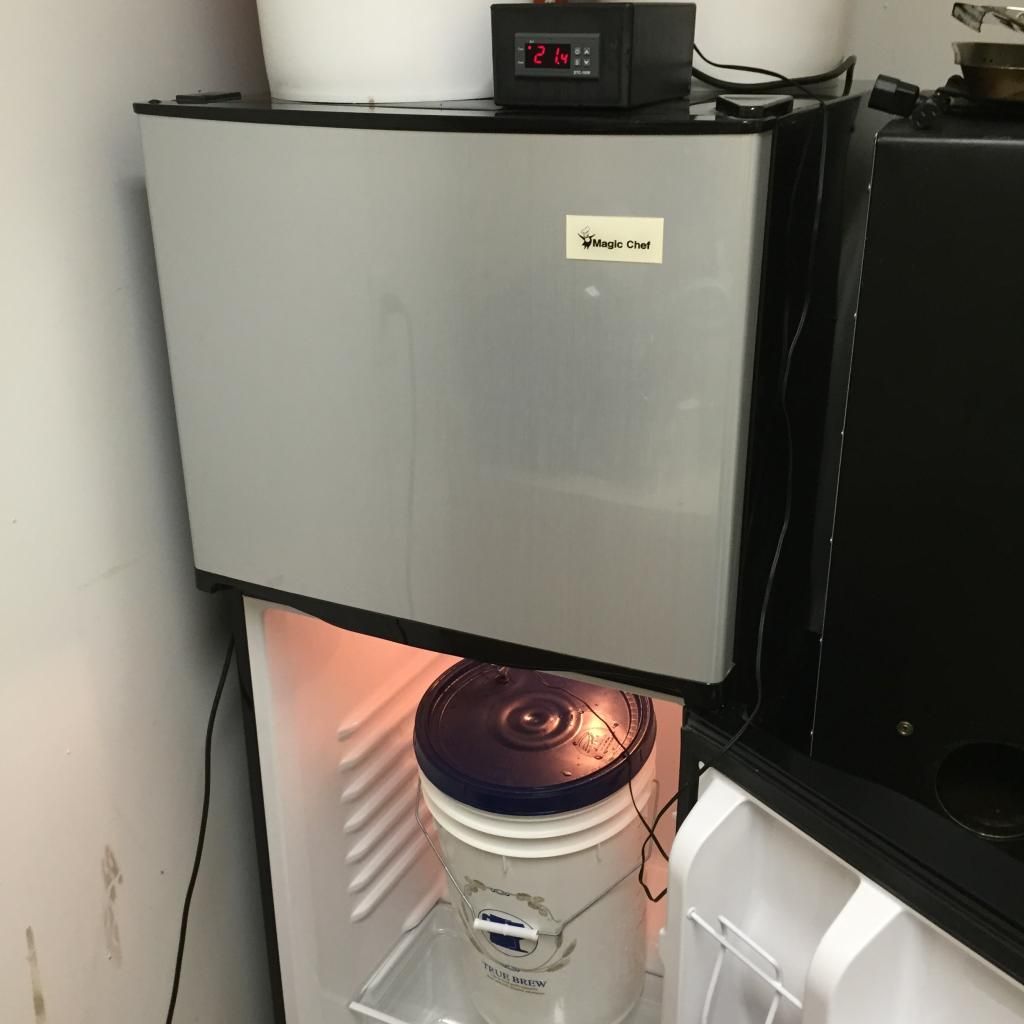WGT_59
Member
Ok, I love beer and I love history so in honor of Shakespeare's birthday coming next month along with a couple gallons of Mead, I wanted to do an Ale that would recreate the flavor and character that would have been traditional at that time while utilizing modern ingredients and methods.
In the time of the Tudor Dynasty, which ruled England from 1485 to 1603, there was a very great difference between Ale and Beer. Ale was a sweeter drink and didn't use hops in the making while Beer was in the beginnings of what we know today. Just take a look through "Sacred and Herbal Healing Beers" by Stephen H. Buhner and you'll get an idea of what all has been used throughout history in the making of beers before hops came along. One of the things I found particularly interesting while I was figuring out how to make a Tudor Ale is that the people in Tudor times were either Ale People or Beer People; they loved one and hated the other.
*
So, I found a recipe that was used by Summit Brewing in a collaboration project they did with Minneapolis Institute of Arts for a Supper with Shakespeare. They allowed Northern Brewer to post a 5 gallon home brew version:
*
5 Gallon Batch Size (scaled for 70% efficiency)
O.G: 1.046
F.G: 1.012
BUs: 15
*
MASH INGREDIENTS
7.25 lbs. Crisp Maltings Floor Malted Organic Pale Malt
1.2 lbs Simpson’s Crystal Medium
0.5 oz Simpson’s Black
*
MASH SCHEDULE: SINGLE INFUSION
Sacch’ Rest: 154° F for 45 minutes
Mashout: 172° F for 5 minutes
*
BOIL ADDITIONS & TIMES
60-minute boil
0.5 oz East Kent Goldings (55 min)
2.5 oz Honey (50 min)
0.1 oz Fresh Sage, chopped (5 min)
*
YEAST
Wyeast 1028 London Ale
Fermentation Temp: 68° F
*
FERMENTATION SCHEDULE:
One week primary fermentation
“Dry-hop” with 0.5 oz dried sage for one week.
Two weeks bottle conditioning
*
I showed this to a buddy of mine who is a professional brew master and asked a couple questions about changes I was thinking of making and came up with this modified version:
*
[m5 Gallon Batch Size (scaled for 70% efficiency)
Estimates by Beersmith
O.G: 1.039
F.G: 1.010
BUs: 6.4 (This is so low because Beersmith has no numbers to go on for estimating Sage. I would think it'll be the same as the original at 15.)
*
MASH INGREDIENTS
8.0 lbs. Maris Otter
12 oz. Crystal Malt - 60L
0.5 oz Black Patent
2.0 oz. Peat Smoked Malt
*
MASH SCHEDULE: SINGLE INFUSION
Mash In: 154° F for 1 hour 15 minutes
Mashout: 172° F for 5 minutes
*
BOIL ADDITIONS & TIMES
60-minute boil
0.5 oz East Kent Goldings (55 min)
2.5 oz Honey (50 min)
0.1 oz Fresh Sage, chopped (5 min)
*
YEAST
Wyeast 1028 London Ale
Fermentation Temp: 68° F
*
FERMENTATION SCHEDULE:
One week primary fermentation
“Dry-hop” with 0.5 oz dried sage for one week.
*
I tend to be a very out of the box kind of thinker. So I’m really excited to be using Sage in this brew. Sage actually has a very grand history in brewing. It has tremendous antibacterial, antimicrobial, and antiseptic properties and has been used medicinally since ancient times. In fact there was a saying of the ancients: Cur moriatur homo cui Salvia crescit in horto? – “Why should a man die whilst sage grows in his garden?” It is a relative of Wormwood and as such contains thujone but on a lower level but it still had the reputation for increasing the inebriating effects of ales.
*
Cheers
In the time of the Tudor Dynasty, which ruled England from 1485 to 1603, there was a very great difference between Ale and Beer. Ale was a sweeter drink and didn't use hops in the making while Beer was in the beginnings of what we know today. Just take a look through "Sacred and Herbal Healing Beers" by Stephen H. Buhner and you'll get an idea of what all has been used throughout history in the making of beers before hops came along. One of the things I found particularly interesting while I was figuring out how to make a Tudor Ale is that the people in Tudor times were either Ale People or Beer People; they loved one and hated the other.
*
So, I found a recipe that was used by Summit Brewing in a collaboration project they did with Minneapolis Institute of Arts for a Supper with Shakespeare. They allowed Northern Brewer to post a 5 gallon home brew version:
*
5 Gallon Batch Size (scaled for 70% efficiency)
O.G: 1.046
F.G: 1.012
BUs: 15
*
MASH INGREDIENTS
7.25 lbs. Crisp Maltings Floor Malted Organic Pale Malt
1.2 lbs Simpson’s Crystal Medium
0.5 oz Simpson’s Black
*
MASH SCHEDULE: SINGLE INFUSION
Sacch’ Rest: 154° F for 45 minutes
Mashout: 172° F for 5 minutes
*
BOIL ADDITIONS & TIMES
60-minute boil
0.5 oz East Kent Goldings (55 min)
2.5 oz Honey (50 min)
0.1 oz Fresh Sage, chopped (5 min)
*
YEAST
Wyeast 1028 London Ale
Fermentation Temp: 68° F
*
FERMENTATION SCHEDULE:
One week primary fermentation
“Dry-hop” with 0.5 oz dried sage for one week.
Two weeks bottle conditioning
*
I showed this to a buddy of mine who is a professional brew master and asked a couple questions about changes I was thinking of making and came up with this modified version:
*
[m5 Gallon Batch Size (scaled for 70% efficiency)
Estimates by Beersmith
O.G: 1.039
F.G: 1.010
BUs: 6.4 (This is so low because Beersmith has no numbers to go on for estimating Sage. I would think it'll be the same as the original at 15.)
*
MASH INGREDIENTS
8.0 lbs. Maris Otter
12 oz. Crystal Malt - 60L
0.5 oz Black Patent
2.0 oz. Peat Smoked Malt
*
MASH SCHEDULE: SINGLE INFUSION
Mash In: 154° F for 1 hour 15 minutes
Mashout: 172° F for 5 minutes
*
BOIL ADDITIONS & TIMES
60-minute boil
0.5 oz East Kent Goldings (55 min)
2.5 oz Honey (50 min)
0.1 oz Fresh Sage, chopped (5 min)
*
YEAST
Wyeast 1028 London Ale
Fermentation Temp: 68° F
*
FERMENTATION SCHEDULE:
One week primary fermentation
“Dry-hop” with 0.5 oz dried sage for one week.
*
I tend to be a very out of the box kind of thinker. So I’m really excited to be using Sage in this brew. Sage actually has a very grand history in brewing. It has tremendous antibacterial, antimicrobial, and antiseptic properties and has been used medicinally since ancient times. In fact there was a saying of the ancients: Cur moriatur homo cui Salvia crescit in horto? – “Why should a man die whilst sage grows in his garden?” It is a relative of Wormwood and as such contains thujone but on a lower level but it still had the reputation for increasing the inebriating effects of ales.
*
Cheers


